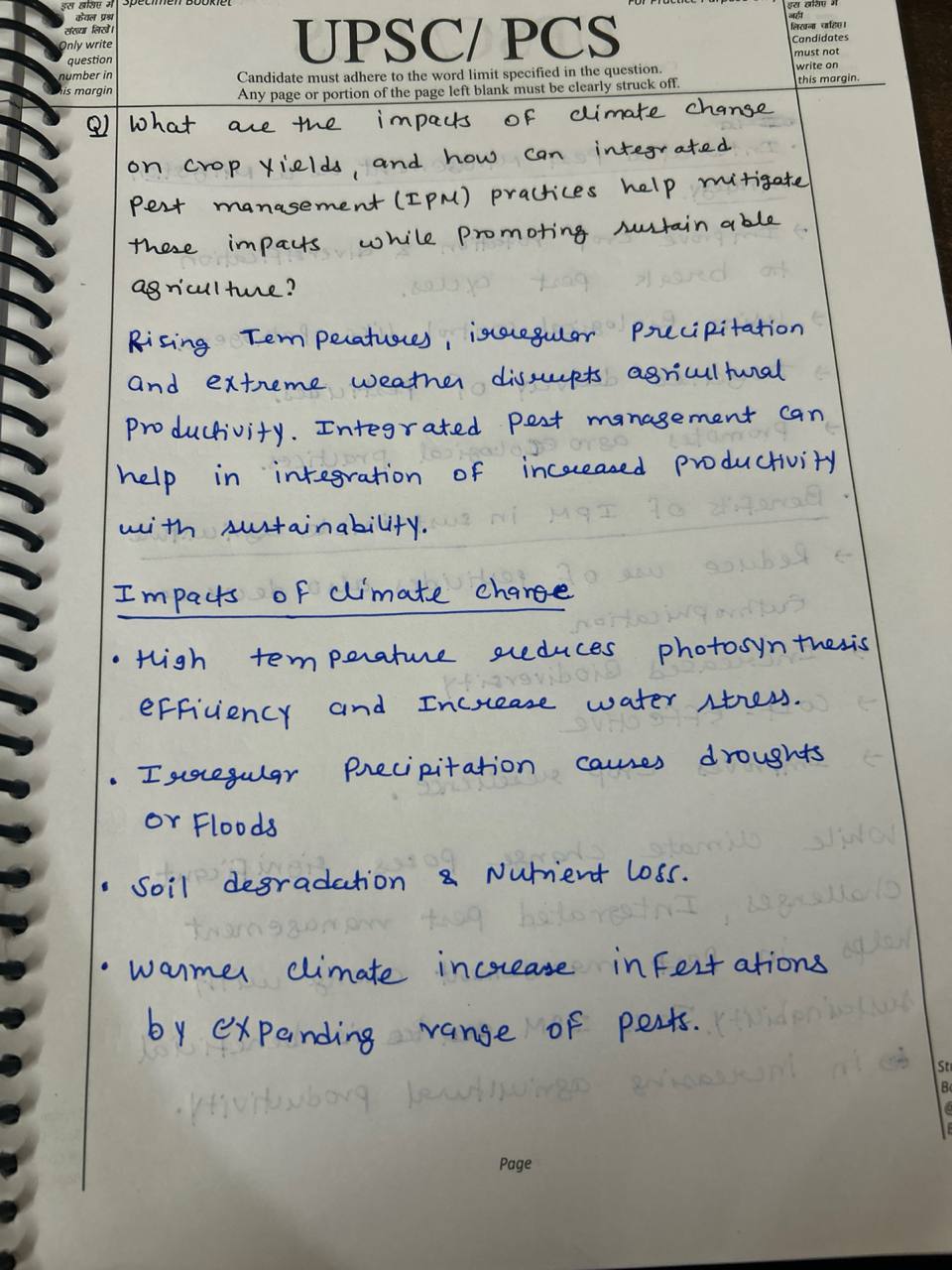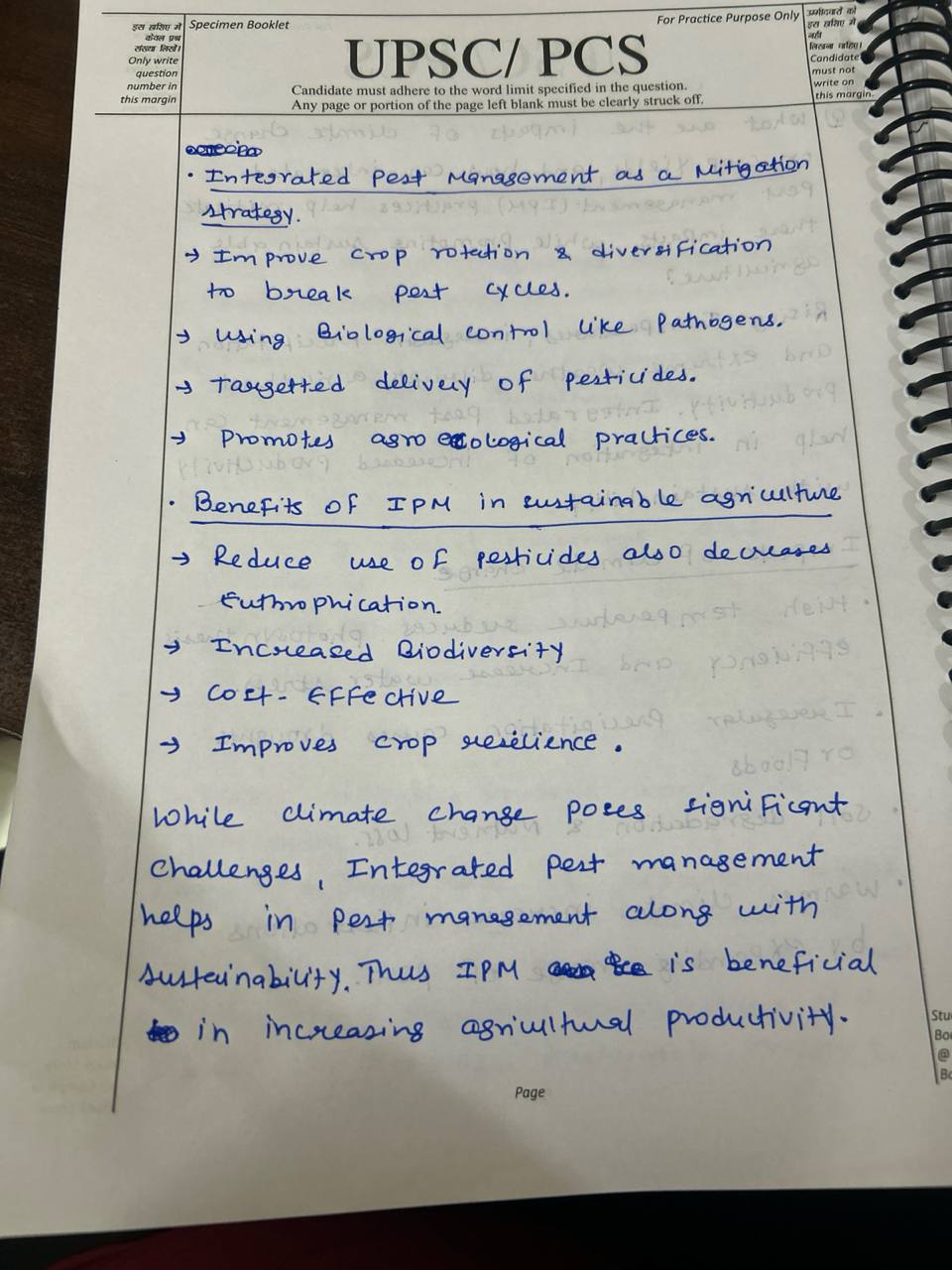Companion plants assist in pest management and soil enrichment through: Pest Management: Certain plants repel pests naturally or attract beneficial insects that prey on pests. For example, marigolds can repel nematodes, and basil can deter aphids. Soil Enrichment: Leguminous plants (like beans and pRead more
Companion plants assist in pest management and soil enrichment through:
- Pest Management: Certain plants repel pests naturally or attract beneficial insects that prey on pests. For example, marigolds can repel nematodes, and basil can deter aphids.
- Soil Enrichment: Leguminous plants (like beans and peas) fix nitrogen in the soil, enhancing fertility for neighboring plants. Deep-rooted companions (like comfrey) can bring up nutrients from deeper soil layers.
- Biodiversity: A diverse plant ecosystem reduces the risk of pest outbreaks and diseases, promoting a healthier garden.
- Physical Benefits: Some plants provide shade, support, or act as windbreaks for more delicate crops.
These benefits create a more resilient and productive agricultural environment.
See less


Genetically Modified Organisms (GMOs) are organisms whose genetic material has been altered using genetic engineering techniques. In agriculture, GMOs are created to enhance desirable traits such as pest resistance, herbicide tolerance, improved nutritional content, and increased yield. The use of GRead more
Genetically Modified Organisms (GMOs) are organisms whose genetic material has been altered using genetic engineering techniques. In agriculture, GMOs are created to enhance desirable traits such as pest resistance, herbicide tolerance, improved nutritional content, and increased yield. The use of GMOs in agriculture has been a topic of significant debate due to their potential benefits and risks.
Potential Benefits of GMOs in Agriculture
1. Increased Crop Yield: GMOs can be engineered to have higher yields, helping to meet the growing global food demand. This can be particularly beneficial in regions with limited arable land.
2. Pest and Disease Resistance: Crops can be modified to resist pests and diseases, reducing the need for chemical pesticides. For example, Bt cotton contains a gene from Bacillus thuringiensis, providing resistance to certain pests.
3. Herbicide Tolerance: GMOs can be designed to tolerate specific herbicides, allowing farmers to control weeds more effectively without damaging the crops.
4. Enhanced Nutritional Content: Genetic modifications can increase the nutritional value of crops, such as Golden Rice, which is enriched with vitamin A to combat deficiencies in developing countries.
5. Environmental Benefits: Reduced pesticide and herbicide use can lead to lower environmental pollution and decreased impact on non-target species.
Potential Risks of GMOs in Agriculture
1. Environmental Impact: The introduction of GMOs can lead to unintended environmental consequences, such as the development of resistant pests and weeds, which may require stronger chemical controls.
2. Biodiversity Loss: The widespread cultivation of GMO crops can lead to a reduction in genetic diversity, making crops more vulnerable to diseases and environmental changes.
3. Health Concerns: While GMOs are generally considered safe, there is ongoing debate about their long-term health effects. Potential risks include allergenicity and unintended side effects from gene alterations.
4. Economic and Social Issues: The dominance of GMO seeds by a few large corporations can lead to monopolies and increased costs for farmers. Additionally, the patenting of genetically modified seeds raises ethical and legal concerns.
5. Cross-Contamination: There is a risk of GMOs cross-pollinating with non-GMO crops, which can impact organic farming and biodiversity.
Conclusion:
See lessWhile GMOs offer significant potential benefits, they also pose risks that require careful management. Policies, regulations, and thorough scientific assessments are essential to maximize benefits and minimize risks. The responsible use of GMOs involves balancing the needs of food security, environmental sustainability, and consumer safety.